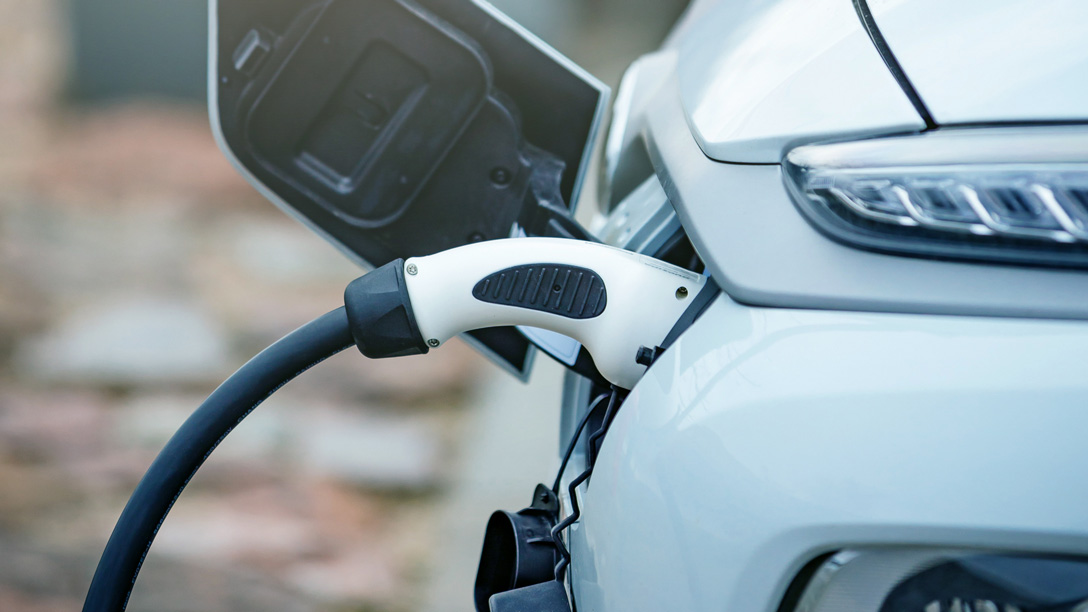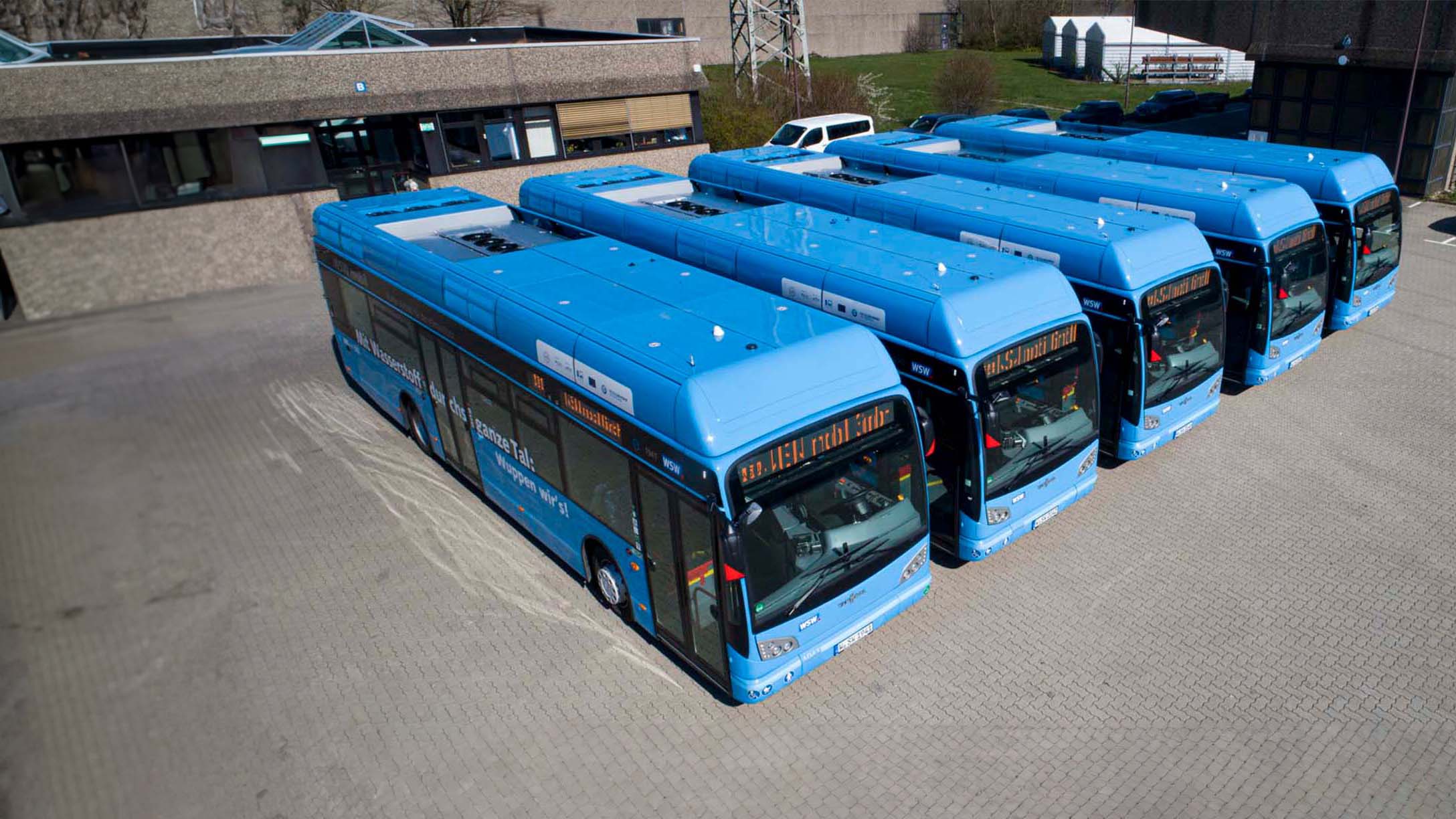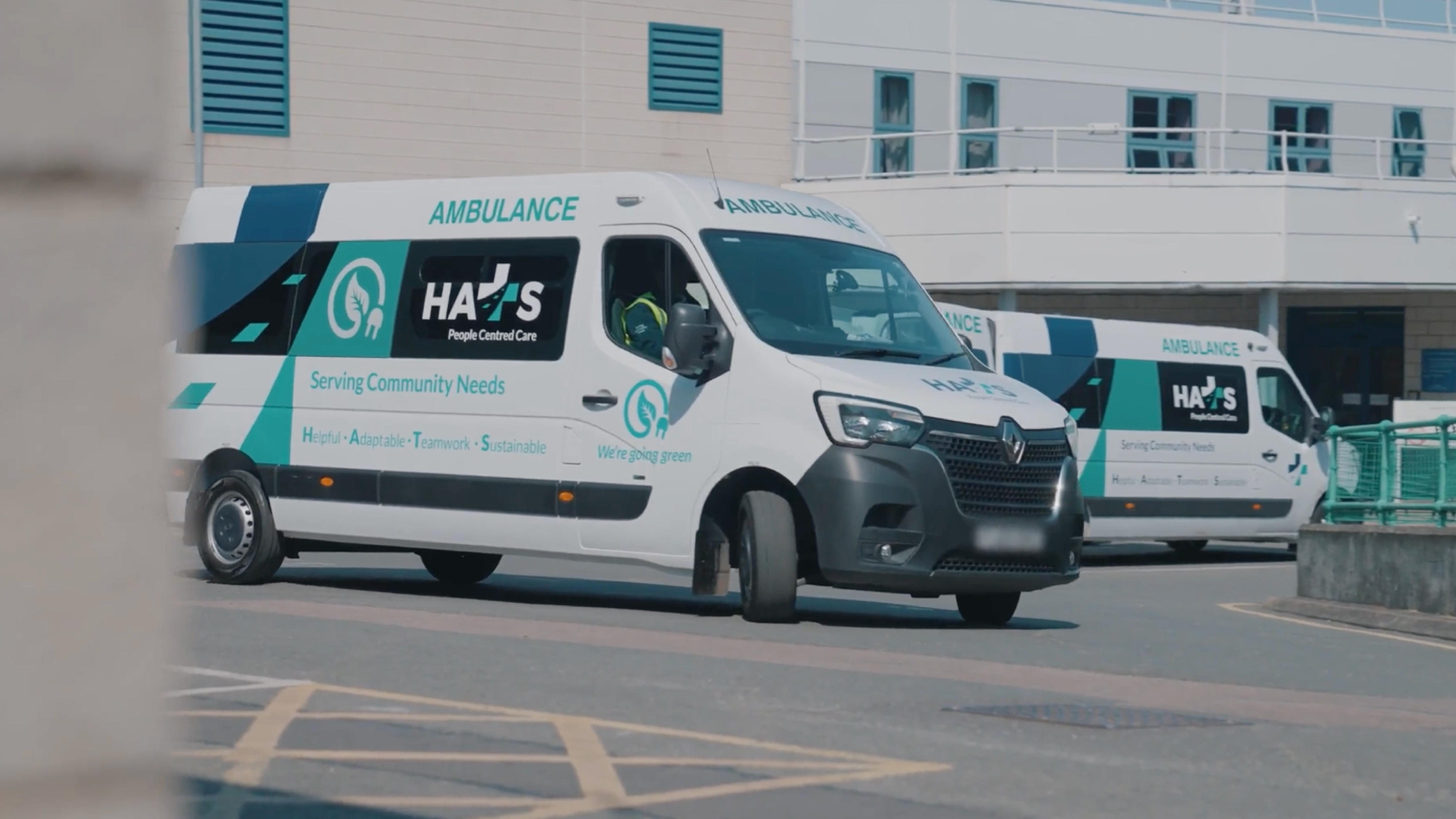
SBB AG: Data-driven electrification of the fleet on the path to climate neutrality

Table of contents
By installing GO9 devices and using customised Geotab analysis methods, it was possible to identify those vehicles in the SBB fleet that could be replaced by electric vehicles without causing any limitations. SBB used Geotab's Electric Vehicle Suitability Assessment (EVSA) to help in the analysis of driving profiles, ranges and usage areas. This provides SBB with a solid basis for making decisions regarding the future gradual electrification of its own fleet, with the goal of climate neutrality by 2040 clearly in sight.
The Challenge: Integrating Electric Vehicles into the Fleet
The SBB fleet includes around 40 different vehicle models. The daily challenges of track maintenance require different types of vehicles depending on the use and location of the vehicle. Every day, numerous cars, vans and SUVs are used all over Switzerland for the maintenance of the rail network, the cleaning of stations and other tasks.
A switch to electric vehicles will therefore only be successful if these specific requirements are taken into account when selecting future electric vehicles. These include, for example, the distances travelled, the condition of the roads and outside temperatures in the areas of use. It is also important to know what loads need to be carried, etc.
Other important factors are the weather conditions and the fact that some routes are unpaved or have steep gradients. Until now, emotion has often played a role in the choice of vehicle models, explains Marco Weibel, Project Manager for Climate Neutral Road Vehicles at SBB.
With its aim of being climate neutral by 2040, SBB faces the huge challenge of making its fleet emission-free by gradually integrating electric vehicles. Currently, 99% of the vehicles in its fleet run on diesel. Marco Weibel sees three important areas of action in the electrification of the fleet:
- The acquisition of relevant vehicle data: This includes information about daily kilometres driven, the routes used, parking locations and stationary periods. This enables the creation of data-based user and movement profiles. To collect this data, SBB relies on Geotab's GO9 device and fleet management software MyGeotab.
- The construction and expansion of charging infrastructure: The analysis and creation of vehicle usage profiles is necessary in order to determine suitable locations for a homogenised charging infrastructure. Challenges arise here not only in terms of planning the various parking facilities (parking, electrical installation and charging stations), but also in terms of financing.
- The involvement of employees: Success stories from individual electric vehicle drivers within SBB inspire confidence in other employees for this new type of electric mobility. Roadshows give employees the chance to test drive the new electric vehicle models and gain first-hand experience. This allows them to confidently choose electric when the time comes to purchase their next vehicle.
The Solution: Electrification Through Data-Based Decisions
In the first phase, around 100 vehicles in the fleet were equipped with Geotab GO9 devices. SBB uses electrical vehicle analysis program EVSA to evaluate the driving profiles. Available as an interactive Add-in to the MyGeotab fleet management platform, it enables you to capture emissions, total cost of ownership and other relevant vehicle data in daily operations as well as to accurately measure the return on investment (ROI) for electric vehicles.
The EVSA analysis takes into account specific fleet data such as vehicle type, range, number of journeys and the impact of outside temperature. A range analysis was performed to determine SBB's specific requirements for the range of its fleet. Using real electric vehicle performance data, the program examined whether the respective vehicle manufacturer can guarantee the required ranges under certain weather conditions.
With the help of the EVSA tool, the analysis of a vehicle group with 15 pool vehicles determined that 5 vehicles in this group can be electrified.

(Figure 1)

(Figure 2)
In addition, acceleration forces were measured and evaluated as part of a driving profile analysis. The driving style and the road surface condition are evaluated using the g-forces that occur (vertical acceleration up/down; Figure 3). The recorded telematics data showed significant upward and downward spikes in the acceleration data on the Z axis (red line; Figure 3).
Based on these recorded spikes, it should be possible to draw conclusions about impassable terrain or an uneven ground surface. In order to be able to make concrete statements about the general conditions of a road on which a vehicle was travelling at a certain time, additional data from OpenStreetMap is integrated and further analysis is carried out.

(Figure 3)
The increased use of high-powered vehicles with all-wheel drive also puts the SBB electrification project to the test. Among other things, the Geotab GO9 sensor technology can be used to characterise and compare the elevation profiles of the individual vehicles in the fleet. The analysis revealed how many vertical metres the different vehicles actually cover (figure 4).

(Figure 4)
| DE | EN |
| Durchschnittliche Steigung pro Fahrzeug (m/km) | Average incline of each vehicle (m/km) |
Using special firmware and high-resolution acceleration data, it will thus be possible in the future to identify vehicles whose all-wheel drive performance is not used in practice at all, with a view to replacing these vehicles in the future with more fuel-efficient, optimal electric alternatives.
Finally, it was also possible to evaluate vehicle usage through a study of road use. On the basis of the routes travelled by the fleet and further investigations, road usage patterns were derived for each vehicle, with highways, main roads, rural roads and residential roads being the main categories in the results of the analysis. The evaluation showed which vehicles drive on which roads and how often (see example diagram in Figure 5). This study provides the first promising conclusions on road usage by different vehicles.

(Figure 5)
| DE | EN |
| Keine Strasse gefunden_rel | No road found_rel |
| Andere Strassen_rel | Other roads_rel |
| Unbefestigt_rel | Unpaved_rel |
| Quartiersstrassen_rel | Residential roads_rel |
| Gemeindestrassen_rel | Rural roads_rel |
| Hauptstrassen_rel | Main roads_rel |
| Autobahn_rel | Highway_rel |
In the future, the evaluation will enable precise data-based analysis of road use for each vehicle. This makes it easier to make decisions about future vehicle types.
The Results: Fleet Electrification As Early As the End of 2021
The use of the EVSA analysis program has enabled SBB to evaluate the electrification potential of its fleet in order to integrate the first electric vehicles into the fleet by the end of 2021. For Marco Weibel, the strengths in the cooperation with Geotab lie clearly in the reverse engineering capabilities of the leading telematics provider and in the integration of the electric vehicle models.
"Good customer service was also very important," says Marco Weibel. "The project is close to our heart. Not only is our collaboration with Geotab highly professional, but we also feel a shared enthusiasm — and that motivates us."
Along with an additional partner in the Geotab network, SBB now wants to look at the analyses and the generated data on an even more granular scale together with Geotab. Further results can then be achieved by using machine learning and additional firmware. This includes additional big data analysis on road surface conditions and vehicle usage. High-resolution acceleration data, position data and metadata of specific areas and roads are all used as the basis for the planned investigations into the topic of all-wheel drive.
"With the help of Geotab's expert specialists, we are taking a step-by-step approach to developing the electrification process of the company's internal vehicle fleet. The data-driven approach helps with making decisions about vehicle electrification together with the various stakeholders, free of emotion and based purely on facts. Geotab always surprises me with their creative solutions and their determination to find the optimum solution.” — Marco Weibel, Project Manager for Climate Neutral Road Vehicles at SBB
About SBB
As the largest transport company in Switzerland, SBB transports 840,000 passengers and 185,000 tons of goods every day. Behind the operation are 33,500 employees, whose various functions ensure that 10,700 trains reach their destination on 3260 kilometres of rail.
Client profile
Client name:
Schweizerische Bundesbahnen SBB/Swiss Federal Railways
Industry:
Rail transport
Types of vehicles:
Mixed fleet of cars, vans, SUVs (passenger and material transport)
Fleet size:
40
Other stories
%20(1)%20(1).jpg)
Tarmac achieves a safer, more sustainable, data-driven fleet via Motormax and Geotab's solution
April 8, 2025

How Geotab is helping Wuppertaler Stadtwerke introduce hydrogen-powered buses
March 17, 2025
.png)
Moove Cars optimises its fleet with Geotab technology, saving over £3,000,000 per year
February 26, 2025

HATS Group: Reducing fleet risk with insights from Geotab’s camera-based telematics solution
February 20, 2025
